
The W&M Equality Lab orchestrated an event that happened in real time October 26-28 and continues online across various digital forums.


The W&M Equality Lab orchestrated an event that happened in real time October 26-28 and continues online across various digital forums.
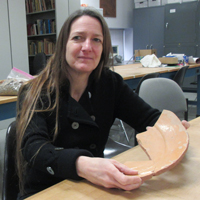
Written history doesn’t always get it right. Audrey Horning is one of a group of scholar-scientists that use multiple sources — written history, remembered history and material culture — to work toward assembling a more accurate picture of the past.
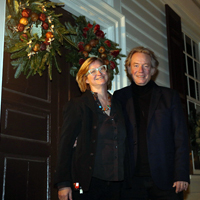
Elizabeth Losh, associate professor of English and American studies at William & Mary, and husband Mel Horan focused on documents from the university's Georgian Papers Programme to create wreaths for their Duke of Gloucester Street home.
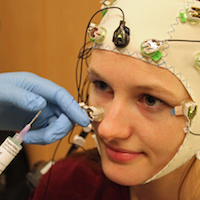
William & Mary’s Department of Psychology has officially changed its name to the Department of Psychological Sciences. The new name is just catching up with the volume of rigorous, scientific research that faculty and students are already doing.
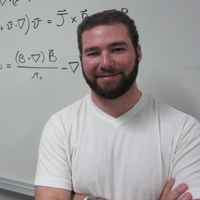
Ryan Chaban is a first-year Ph.D. student in William & Mary’s Department of Applied Science, working on some of the many knotty scientific problems that must be solved before we can tap the virtually limitless supply of energy that nuclear fusion can yield. He's also an award-winning essayist.
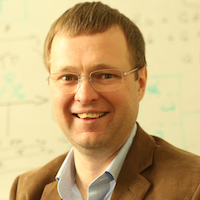
Denys Poshyvanyk, an associate professor in William & Mary’s Department of Computer Science, has spent the past ten years trying to bridge the human-to-computer language gap. He and a team of students are working toward direct translation and the scientific community is taking note.
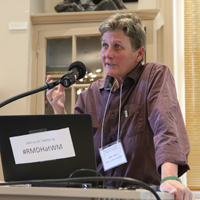
Community Studies Professor of History and director of American Studies Leisa Meyer is guiding undergraduate students in their work using archives and oral histories to build a digital record of the queer experience in the Commonwealth.
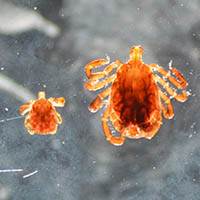
In recent months, clinicians have been scrambling to make sense of rising incidents of ehrlichiosis infections in the United States. Matthias Leu, associate professor of biology, has a thread on that one: Follow the deer, particularly the fawns.
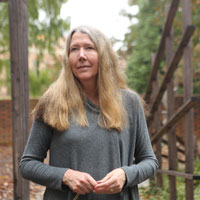
Professor Susan Verdi Webster combed through massive amounts of archival records in 16th-century Spanish script to detail the lives of artists in colonial Quito, Ecuador, for her new book.
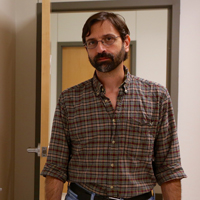
Chris Carone was recently elected a 2017 Fellow of the American Physical Society.
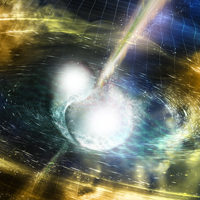
For the first time, scientists have directly detected gravitational waves — ripples in space-time — in addition to light from the spectacular collision of two neutron stars.
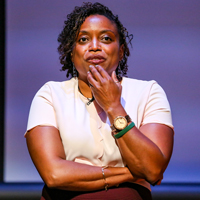
Shantá D. Hinton gave William & Mary’s 12th Tack Faculty Lecture.
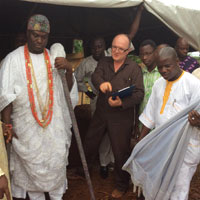
History professor Gérard Chouin and other scholars will soon publish a group of four papers with new evidence supporting his hypothesis that the medieval bubonic plague epidemic spread to Sub-Saharan Africa.
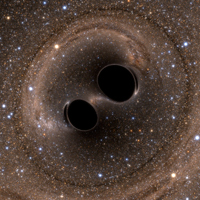
A number of William & Mary scientists were participants in the LIGO experiment, but will not share in the honors.
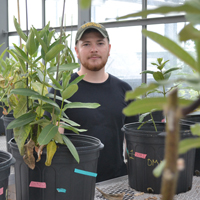
A graduate student is researching regional differences in milkweed and the implications of those differences on populations of monarch butterflies in eastern North America
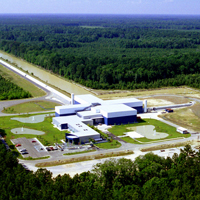
A scientific collaboration that includes physicists from William & Mary announced that three detectors on two continents recorded gravitational wave signals from a pair of black holes colliding.
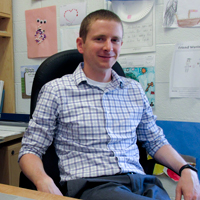
Justin Stevens, an assistant professor in William & Mary’s Department of Physics, received an Early Career Award from the U.S. Department of Energy’s Office of Science.
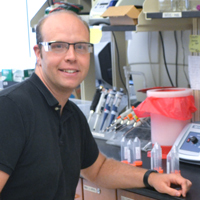
The name sounds like they’re going to crawl out of the lab and ooze over to Wawa, but “unnatural amino acids” are really a good thing.
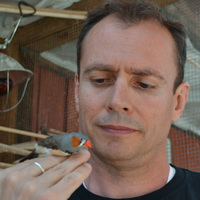
A developing technology will project an audible alarm to alert birds that they need to switch off cruise control and look ahead.
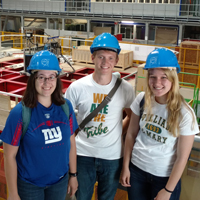
A contingent of William & Mary students worked and studied this summer at CERN, the European high-energy physics facility renowned as the site of the discovery of the Higgs boson.
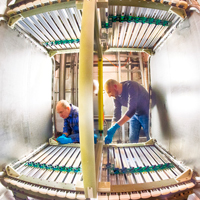
Fermilab scheduled a July 21 groundbreaking ceremony a mile underground near Lead, South Dakota, the site of Long-Baseline Neutrino Facility (LBNF), which will house the Deep Underground Neutrino Experiment (DUNE). William & Mary is a member of the LBNF-DUNE collaboration.
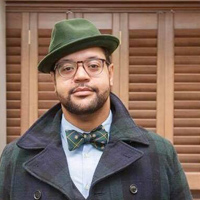
W&M doctoral candidate James Padilioni's dissertation has taken a startling, and fascinating, detour from where it began.
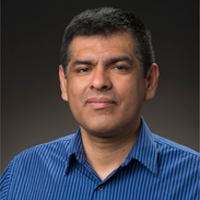
A recent William & Mary physics Ph.D.is honored with Best Thesis award.
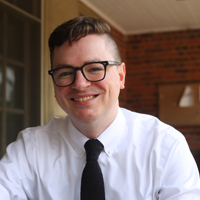
David Pratt, a Ph.D. candidate in American studies at W&M, argues gender bias and hard-drinking fictional detectives like Mike Hammer influenced the behavior of American men for 50 years.
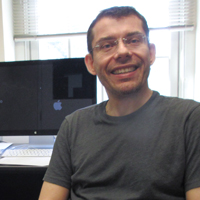
Andreas Stathopoulos is part of a collaboration that aspires to simulate the building blocks of matter on some of the biggest computers ever made.
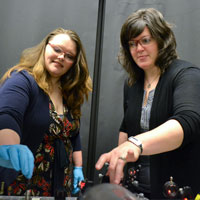
Shelle Butler is going to Amsterdam this summer to work with some of the world’s most highly valued works of art.
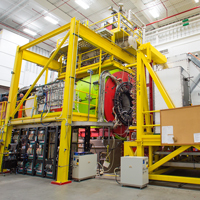
A William & Mary physicist is the lead author on a paper describing the first experimental result from the newly upgraded Continuous Electron Beam Accelerator Facility at the U.S. Department of Energy's Thomas Jefferson National Accelerator Facility.
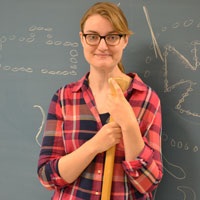
People have been using these portage routes since the stone age. Mallory Moran is using a Canadian Fulbright Fellowship to pick up their story.
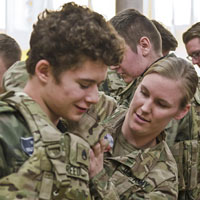
Military, government and academic experts regarding the United States’ Armed Forces spoke to a crowd of about 100 at the second annual All-Volunteer Force Symposium April 27 at William & Mary’s Sadler Center.
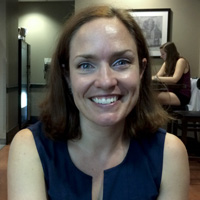
The funding she'll receive is aimed at helping her, and 64 other grad students from across the country, finish their dissertations. About 1,000 people apply.
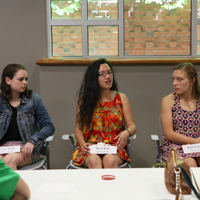
W&M maintained its exceptional track record with the Fulbright program with 12 grads heading abroad for the 2017-18 academic year.
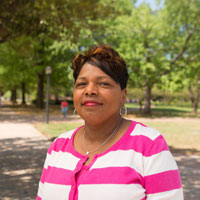
Renee Peace, business manager for the biology department, has been awarded the 2017 Charles and Virginia Duke Award.
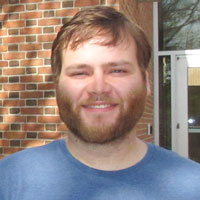
Joseph Karpie, a Ph.D. student in William & Mary’s Department of Physics, has been named a recipient of an award from the Department of Energy’s Office of Science Graduate Student Research Program.
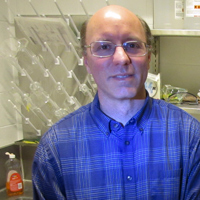
Participation in the Virginia Neuroscience Initiative will open new opportunities for William & Mary’s neuroscientists.

Awards and prizes earned by Anthropology grad students have been adding up!
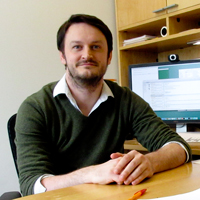
Jozef Dudek and his colleagues recently carried out the first complex calculations of a particle called the sigma.
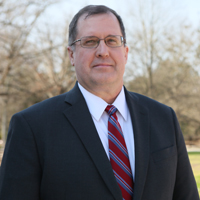
Ph.D. candidate David Ward's work won the Market Access International, Inc., award for “Excellence in Scholarship in the humanities and social sciences.”
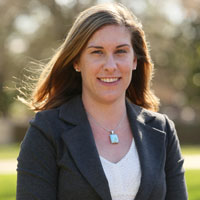
Summer Moore, a Ph.D. student, is a recipient of one of two William & Mary Interdisciplinary Awards for Excellence in Research.

Beverly Thompson (PhD '99) honored at the Black Engineer of the Year Awards.
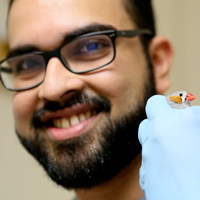
Ananda Menon, who is pursuing a master’s degree in W&M’s Department of Biology, is examining the effects of mercury on the sperm of birds.
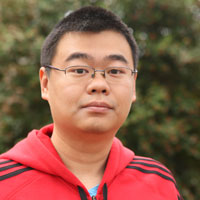
Researchers at W&M worked on a project that presents what is perhaps the best way yet to model the swirl and snarl of political interactions on Twitter.
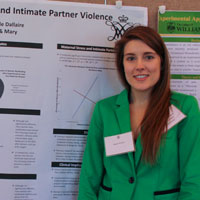
William & Mary’s 16th Annual Graduate Research Symposium will be held at the Sadler Center on the William & Mary campus March 24-25.
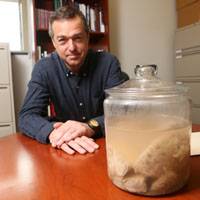
The lecture, sponsored each semester by Carl and Martha Tack, will be held March 22 at 7 p.m. in the Integrated Science Center (ISC).
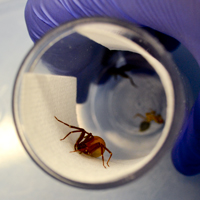
An international collaboration between William & Mary scientists and colleagues at the University of Oxford has discovered that the brown recluse makes extra-strong silk by spinning loops into each strand.
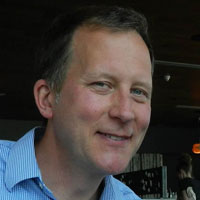
Alan Braddock, Ralph H. Wark Associate Professor of Art History & American Studies at William & Mary, co-edited, co-wrote the introduction and wrote an essay for the recently-published "A Greene Country Towne: Philadelphia’s Ecology in the Cultural Imagination."
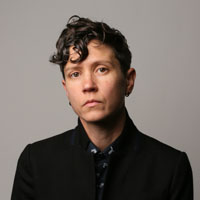
Thompson, assistant professor of English and American studies, will be recognized at W&M Charter Day on Friday, Feb. 10.
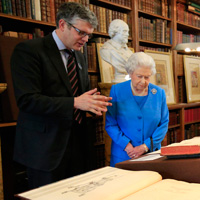
The first phase of the Georgian Papers Programme – roughly 33,000 digitized documents, including some penned by King George III regarding the American Revolution – will be publicly released and accessible at no cost beginning Saturday, Jan. 28. William & Mary and the Omohundro Institute are the primary U.S. partners on the international project.
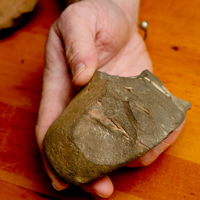
William & Mary archaeologist Neil Norman found some almost unbelievably ancient stone tools at a site on the horn of Africa.